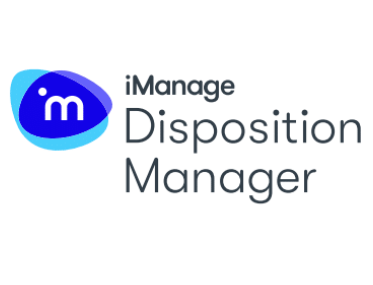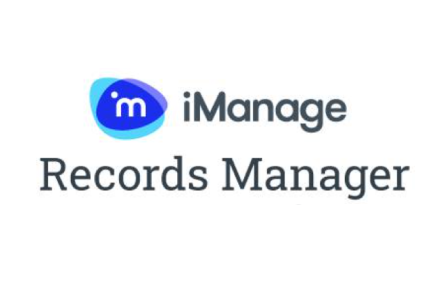6 Common Records Management Challenges
Tags

Earlier this month, I presented at iManage Connect Live in New York City. I was invited to co-present with Ian Raine, the product manager for the iManage Records Manager Software. We talked about what is currently available in IRM, Version 10. I presented some of the common records management problems and how IRM can help.
There are six common problems that firms have with their records management systems:
- Difficulty inventorying and tracking files. Keeping track of matter files in boxes is difficult. The file creation process needs to be simple. Otherwise, your records staff won’t use it properly. IRM lets you print file and box labels with barcodes so everything can be labeled and tracked with a simple scan.
- Inability to produce actionable reports from record software. How nice would it be to inventory all of the files related to a matter, regardless of their location? Records staff are often asked to create a pick list of files for an attorney or an executive. If an attorney wants a file to be delivered, the records staff needs to be able to print a report of all the files available. Using IRM, it is simple to generate these lists.
- Lack of statistics on files. It’s essential to know how many files are created, how many are checked out, and how many boxes are housing the files. You should also know how many files and boxes have been destroyed. IRM tracks the lifecycle of your files, so all of this information is captured in the system.
- Inefficient records disposition. With IRM, you can track records through their life cycle from creation to destruction. It also captures records that are transferred outside of the firm. Understanding where your files have gone is as simple as running a report.
- No system for managing electronic records. It’s important to know where electronic records are and when they can be destroyed. Some software makes you copy each document or email and place it into their records database. With IRM, you don’t have to do that. The software knows where everything lives and can manage paper and electronic files.
- A cumbersome interface. Users want to be able to see the information without too many clicks, and they to be able to choose a platform that best fits their firm. It’s important that the interface is customizable to meet the firm’s needs. With IRM, it is.
So those are all common challenges that firms and records staff may face in their day to day operations. Many of the IRM features are going to be able to address those challenges. If you are experiencing any of these challenges in your firm, schedule a 10-minute strategy session with me. I am happy to help.
Related posts
16 July, 2025



